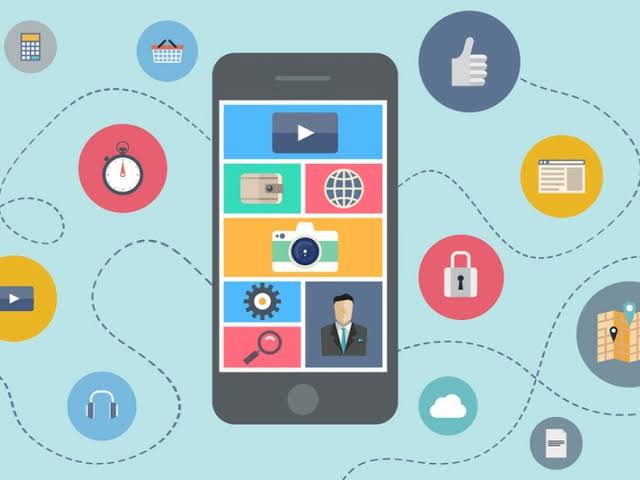Making your mobile app accessible to a global audience is one of the simplest measures your business can take to tap into the market of over 5 billion potential smartphone users. In 2022, Android users could choose between 3.55 million apps, whereas the Apple App Store offered roughly 1.6 million apps for iOS.
While English apps remain the most popular, research has found that most consumers prefer purchasing products with information in their mother tongue. This means that companies have a great potential to reach users in other markets by making their English apps available in other languages.
However, there are many challenges involved with translating and localizing an app that could cause problems for your business. In this post, we’re providing 4 tips to help you deal with the most difficult app translation and localization issues.
Start small
Avoid trying to imitate what established app developers or large corporations are doing when they deploy their new apps globally unless you have a huge budget. Start small and focus on launching your app in one or just a few foreign regions initially before expanding to others.
Research the best markets for your app. Going global does not mean that you have to release versions of your mobile app for every nation on the planet. Choose the regions where you believe success is most likely and once you’ve established your app there successfully, consider expanding further.
Set clear objectives
The first thing to do before taking your app globally is to determine your objectives. Is your goal to have more downloads? Do you want to improve your app store rankings, increase income, or boost user engagement?
Once you are aware of what you want to achieve, you will be able to set a clear strategy for making your app go global. This strategy should cover the technical issues of localizing your app for a different country, the translation process, and a marketing strategy for your intended market. You will also need to decide on a budget and gather the necessary tools for each phase.
Localize your mobile app
It should go without saying that you must adapt your app to the local language and culture before entering a new market. This includes the app’s text, graphics, video, and audio content as well as metadata and other important components.
However, translating your app isn’t enough; if you want to give users a really natural experience, you’ll need to embrace localization. This entails adapting every aspect of your app to suit the linguistic, technical, and cultural requirements of your new target markets.
Robust translation software can help with both the translation and localization of your mobile app. Translators can work together with developers, designers, etc. to ensure your localized app is error-free. If localization is done properly, your app should feel like a native product to users in every region.
Test the localized app version
Localization doesn’t always run smoothly. Depending on the language, the same sentence can be formed using a different number of characters. Some languages are read in a different direction while others use different scripts. These variations could result in problems in the interface or code. For this reason, it is vital to have your localized app tested by native users, even if it doesn’t have a lot of text.
With localization, there are numerous factors to take into account, including the overall design of your app, as well as the devices and software platforms to test for. Use on-device testing wherever you can to find any potential issues before paying customers start using your app.
Provide support
Nearly all well-known apps include customer or technical assistance. If you want to achieve and maintain global success for your app, you must offer assistance in the different countries where you want to establish a presence so that users can easily deal with difficulties like account troubles, downtimes, and errors.
If you need to translate your app for users in other regions, having support staff fluent in the local language is also necessary. In addition, don’t forget to translate your support documents. For best results, consider using the same translation software you used to translate your app content.
Final Thoughts
If you distribute your mobile app in only one language, you are almost certainly losing out on potential customers.
If you’re planning to translate and localize your mobile app, be sure to use quality translation tools. The extra income you’ll experience from your new app downloads across the world will make the investment worthwhile.
